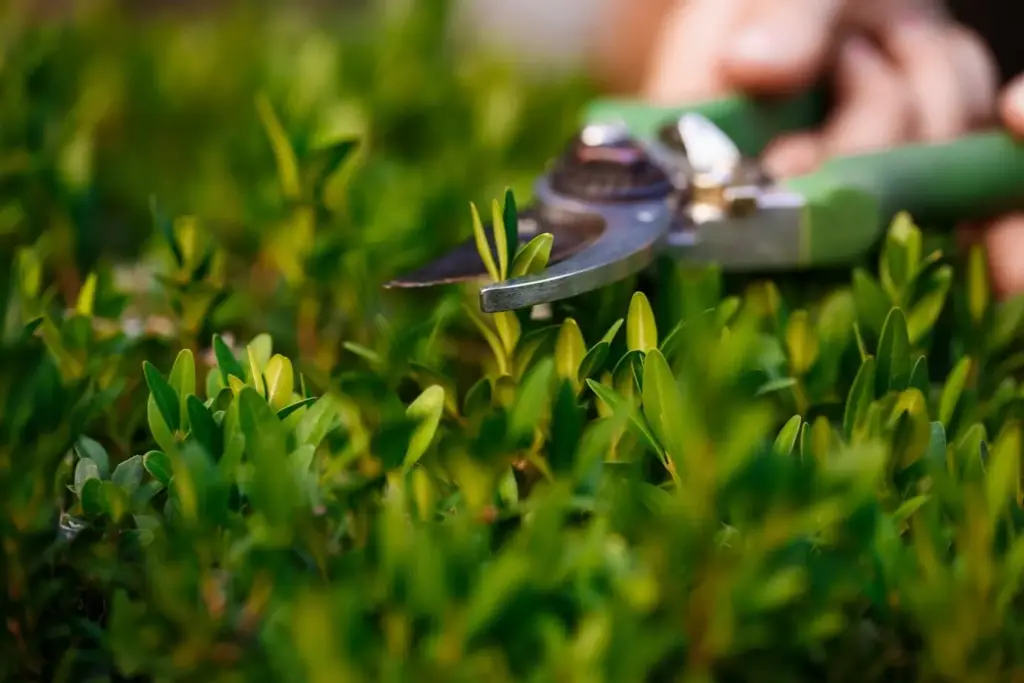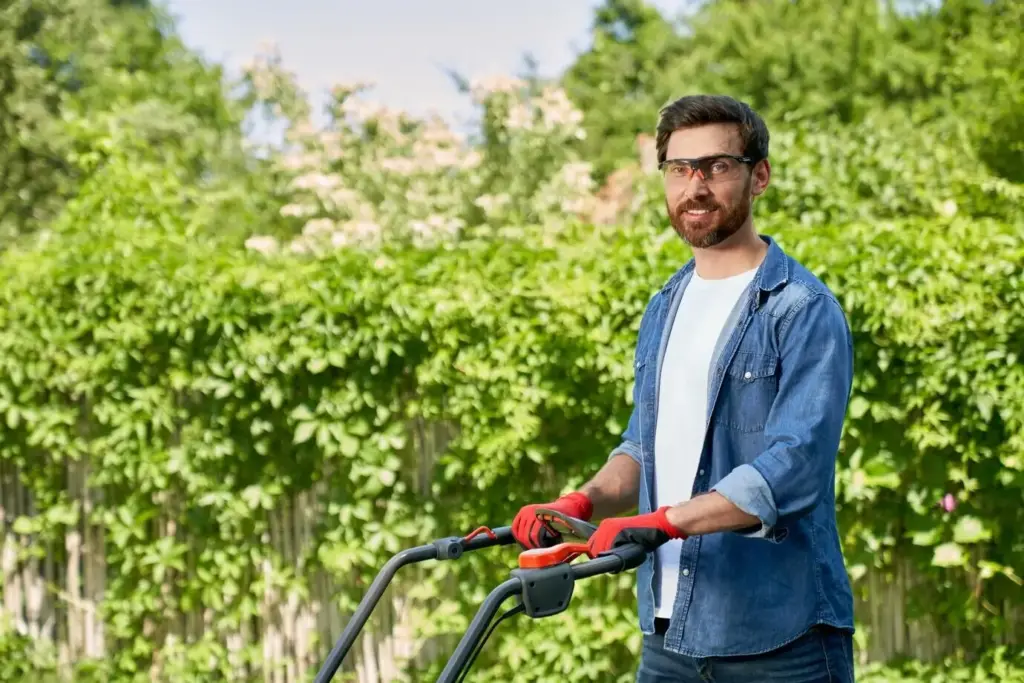Stone, Shape, and Slope: Crafting Outdoor Comfort






Begin With the Ground You Have

Pavers or Stone: How It Feels for Decades

Gravel That Stays Put and Stays Comfortable
Patios That Host Real Life
Pathways That Invite Exploration

Retaining Walls That Hold With Quiet Confidence

A Simple Seasonal Checklist
In spring, inspect for winter heave, top up joint sand, and clean stains before heat sets them. Summer favors light sealing, if suitable, and adjustments where furniture rubs edges. Autumn means leaf management, drain checks, and final edge inspections. Winter asks for gentle snow practices and noncorrosive de-icers. Snap photos each season to track change. Small, steady attention beats occasional heroics, keeping surfaces safe, resilient, and ready for gatherings whenever weather offers an opening.
Repair Tactics: Lift-and-Relay Versus Rebuild
Minor dips and loose edges often yield to lift-and-relay, restoring bedding and compaction quickly. Widespread movement, deep drainage problems, or bulging walls suggest deeper causes that demand redesign. Know when to stop patching and reassess base, slope, and water. A targeted rebuild can cost less than repeated band-aids. Share close-up photos and a quick history of the issue, and we will help triage, prioritize, and choose the least disruptive path back to stable footing.
Greener Maintenance With Smarter Materials
Choose polymeric sands and sealers carefully to minimize runoff impacts, and consider permeable paver systems where appropriate to reduce stormwater strain. Mulch with local materials, compost leaves, and deploy battery-powered tools to lower noise. Capture downspout water for plantings and select drought-tolerant companions that need less irrigation. Sustainability often aligns with simplicity, cutting labor and costs while improving resilience. Share your region and goals, and we will tailor practical steps that respect budgets and ecosystems alike.